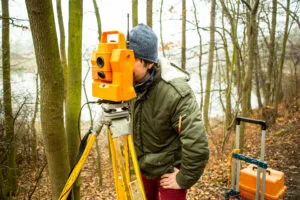We’re excited to announce the release of the successor to our Leaflet Plugins, MapQuest.js! Built with Leaflet v1.1.0 integration, MapQuest.js provides all of the power of the MapQuest geospatial platform combined with the elegance of the open-source Leaflet mapping library. Seamless integration with MapQuest’s APIs allows easy interaction with the geocoding, directions, traffic, and search-ahead services, both with and without a map.
Leverage proven MapQuest APIs with new flexibility and more features:
With new simplified interfaces, you can create and configure interactive maps with many new features. Instantly choose from light, dark, satellite, or hybrid map tiles with zoom levels from 0 to 20 and utilize OpenStreetMap or licensed MapQuest datasets.
MapQuest.js provides all of the standard Leaflet controls, as well as our own MapQuest- designed controls, ultimately helping you code faster and more efficiently.
-
MapQuest.js Controls:
Want to add some of the features of
to your own map? The MapQuest control adds zoom, locator, satellite tiles, and traffic integration to your map with a simple and clean interface. Other controls include the new geocoding and directions controls.
Use proven MapQuest APIs from inside a new flexible JavaScript library:
-
Icon Service:
Access all icons from the popular MapQuest icons API. Standard and customized icons, flags with labels, standard or retina resolution.
-
Geocoding:
Tap into our industry leading MapQuest geocoder to do forward, reverse, or batch geocoding. Tap into OpenStreetMap data or MapQuest licensed datasets.
-
Search Ahead:
Use autocomplete for prediction-based searches with the geocoding control with search ahead.
-
Traffic:
Include the traffic layer for real-time traffic incidents and construction. Icon popups add more details and three levels of severity
.
MapQuest.js is lightweight. Pick the footprint and the library you need for your specific application:
-
MapQuest.js
: The full library with Leaflet v1.1.0 included. This solution requires only the MapQuest.js JavaScript and CSS resources to begin development.
-
MapQuest-core.js
: The core library lets you use a specific version of Leaflet. MapQuest-core.js includes the MapQuest integrations of the full library, but without Leaflet built-in. Simply add your specific version of Leaflet’s JavaScript and CSS tags before including MapQuest-core.js and you can use the Leaflet version of your choice.
-
MapQuest-maps.js
: A smaller version of MapQuest.js with a focus on mapping. The maps library removes some of the MapQuest API integrations in favor of being a lightweight and maps-only focused version.
For more information, visit our documentation for code and visual examples. And, post your follow-up questions or feature requests in our forum.


